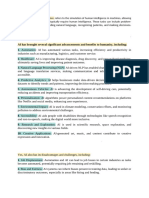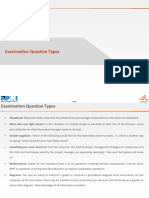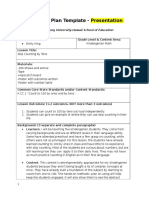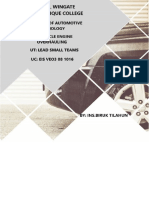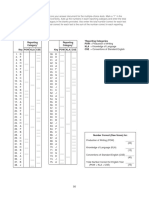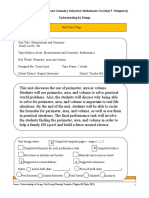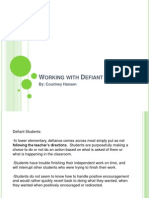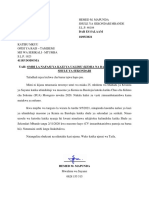0% found this document useful (0 votes)
24 views4 pagesNotes
The document provides an overview of artificial intelligence (AI), categorizing it into narrow and general AI, and discusses its positive impacts on society, such as improved healthcare and economic growth, as well as negative impacts like job displacement and social isolation. It concludes with recommendations for responsible AI development, education, and regulation to maximize benefits while minimizing adverse effects. The document also includes references for further reading on AI's implications and ethical considerations.
Uploaded by
M Hamad HassanCopyright
© © All Rights Reserved
We take content rights seriously. If you suspect this is your content, claim it here.
Available Formats
Download as PDF, TXT or read online on Scribd
0% found this document useful (0 votes)
24 views4 pagesNotes
The document provides an overview of artificial intelligence (AI), categorizing it into narrow and general AI, and discusses its positive impacts on society, such as improved healthcare and economic growth, as well as negative impacts like job displacement and social isolation. It concludes with recommendations for responsible AI development, education, and regulation to maximize benefits while minimizing adverse effects. The document also includes references for further reading on AI's implications and ethical considerations.
Uploaded by
M Hamad HassanCopyright
© © All Rights Reserved
We take content rights seriously. If you suspect this is your content, claim it here.
Available Formats
Download as PDF, TXT or read online on Scribd
/ 4






















